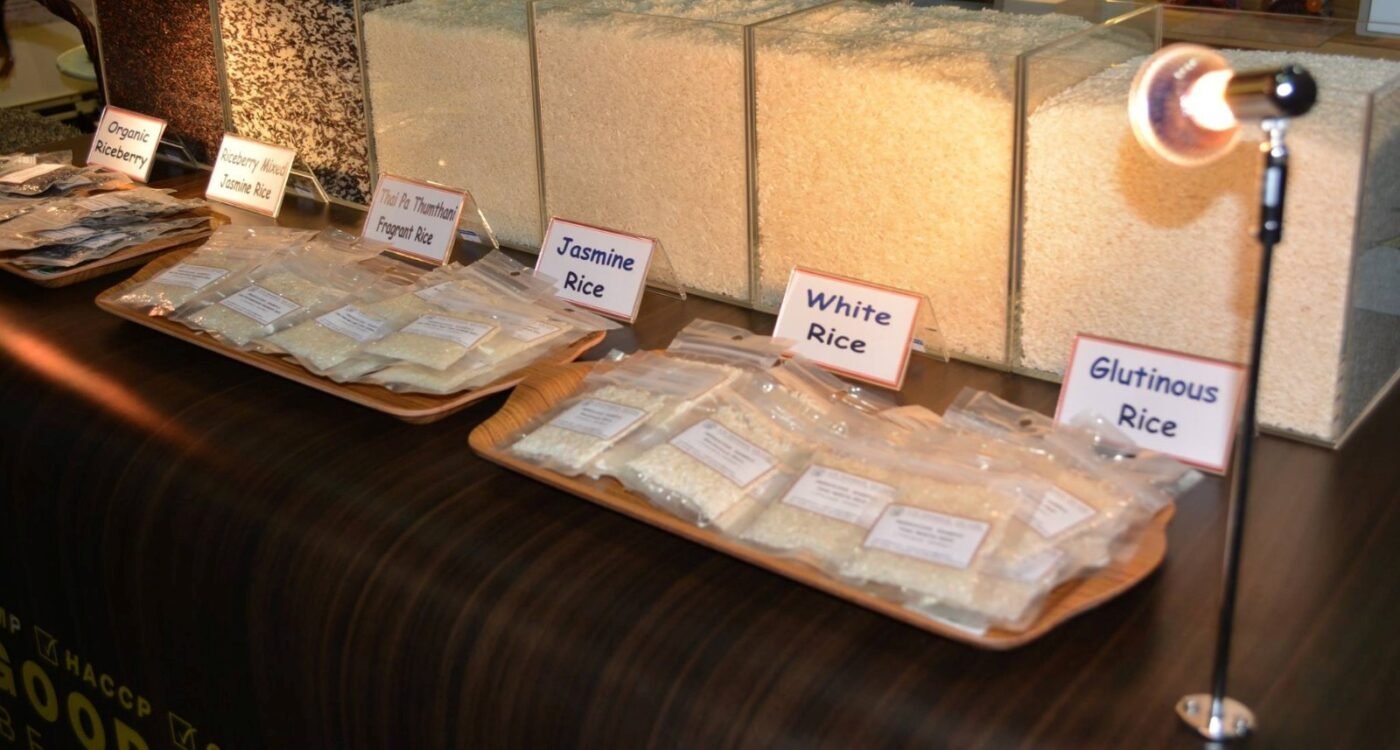When it comes to rice, two varieties often stand out due to their aromatic qualities, unique textures, and widespread use in global cuisine: Jasmine rice and Basmati rice. Whether you’re a home cook or a seasoned chef, understanding the key differences between these two rice types can elevate your cooking. In this guide, we’ll compare Jasmine rice and Basmati rice, discuss their distinct characteristics, and help you find the best places to buy them. Visit website for bulk buy at competitive prices.
1. What Is Jasmine Rice?
Jasmine rice is a long-grain rice primarily grown in Thailand and other Southeast Asian countries. It is known for its subtle floral aroma, which is reminiscent of jasmine flowers, hence its name. The rice is typically soft and sticky when cooked, making it ideal for dishes like stir-fries, curries, and sushi.
Characteristics of Jasmine Rice:
- Aroma: Slightly floral and fragrant, with a distinctive scent.
- Texture: Soft and slightly sticky when cooked.
- Origin: Southeast Asia, particularly Thailand.
- Cooking Method: Requires rinsing to remove excess starch and should be cooked with a 1:1.5 ratio of rice to water.
Common Uses: Jasmine rice is often paired with Asian dishes such as Thai curries, stir-fries, and seafood. Its aroma and texture complement the bold flavors of these dishes perfectly. Read more!
What Is Basmati Rice?
Basmati rice, a long-grain rice primarily cultivated in India and Pakistan, is renowned for its nutty flavor, aromatic qualities, and fluffy texture. Unlike Jasmine rice, Basmati rice grains remain separate and fluffy when cooked, making it ideal for biryanis, pilafs, and Mediterranean dishes.
Characteristics of Basmati Rice:
- Aroma: A nutty, earthy fragrance that intensifies when cooked.
- Texture: Fluffy, long grains that stay separate when cooked.
- Origin: India and Pakistan.
- Cooking Method: Requires rinsing to remove excess starch and soaking for 30 minutes before cooking. Use a 1:1.5 ratio of rice to water.
Common Uses: Basmati rice is frequently used in South Asian dishes like biryani, pilaf, and Persian-style rice. It pairs wonderfully with rich, spiced dishes and is often served alongside meats like chicken, lamb, or fish.

Key Differences Between Jasmine Rice and Basmati Rice
| Feature | Jasmine Rice | Basmati Rice |
|---|---|---|
| Grain Size | Short to medium grain, slightly plumper | Long, slender grains |
| Aroma | Floral, fragrant | Nutty, earthy |
| Texture | Soft, sticky | Fluffy, separate grains |
| Origin | Southeast Asia (Thailand, Cambodia) | India, Pakistan |
| Common Uses | Thai curries, stir-fries, sushi | Biryani, pilaf, Mediterranean dishes |
| Water to Rice Ratio | 1:1.5 | 1:1.5 |
How to Cook Jasmine Rice vs. Basmati Rice
While both Jasmine and Basmati rice are long-grain varieties, they differ in texture when cooked. Here’s a quick guide for each:
Jasmine Rice Cooking Tips:
- Rinse the rice to remove excess starch (this prevents clumping).
- Soak for 15-20 minutes if you prefer a softer texture.
- Boil with a 1:1.5 ratio of rice to water.
- Simmer on low heat for 12-15 minutes, then let it sit for 5 minutes before serving.
Basmati Rice Cooking Tips:
- Rinse the rice to remove excess starch and prevent it from becoming too sticky.
- Soak the rice for 30 minutes for optimal fluffiness.
- Boil with a 1:1.5 ratio of rice to water.
- Simmer on low heat for 15-20 minutes, then let it rest for 5 minutes before serving.
5. Where to Buy Jasmine Rice and Basmati Rice
Jasmine Rice and Basmati Rice are widely available in most grocery stores and online platforms. Visit our online store for more information.
Conclusion
While Jasmine rice and Basmati rice both bring unique flavors and textures to the table, understanding their differences can help you select the best variety for your dishes. Jasmine rice excels in Southeast Asian recipes, offering a delicate and fragrant addition to curries and stir-fries, while Basmati rice shines in Indian, Persian, and Middle Eastern cuisine, where its nutty aroma and fluffy texture complement rich, spiced dishes.
Now that you know the key differences and where to buy them, it’s time to get cooking! Whether you’re making a fragrant Thai curry or a hearty biryani, both of these aromatic rice varieties are sure to elevate your meals.

